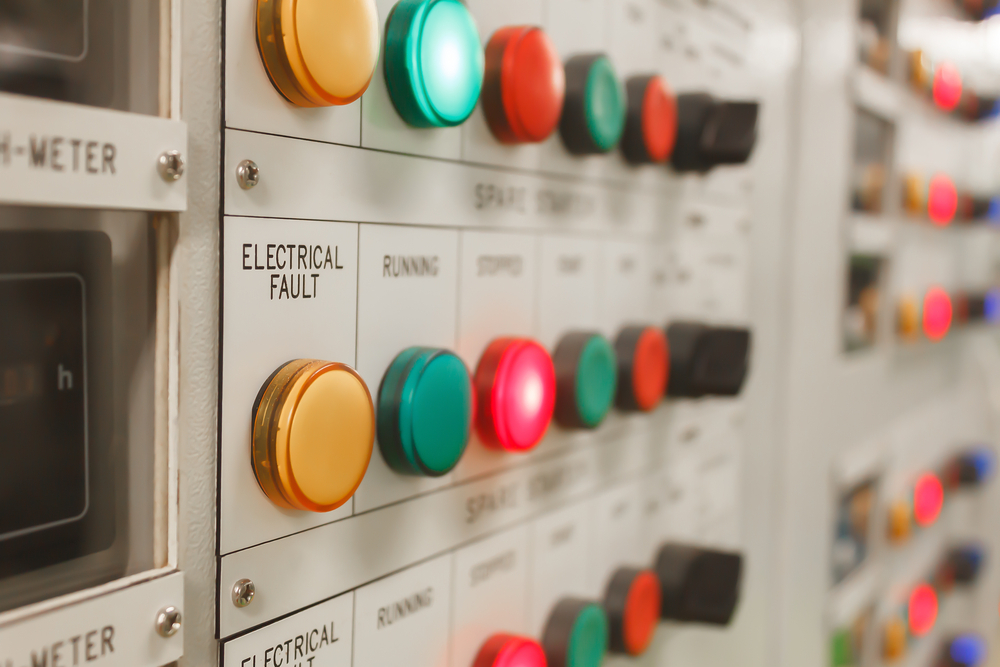Turning off lights while not in use saves electricity. The most dependable way is to automate the process. That’s why most business energy rules demand automated lights off. Lighting renovations in older buildings benefit from this sensible approach. A switch is required to turn off lighting along a branch circuit automatically. Input low-voltage control signals; output line-voltage control load. A vacancy sensor may turn off the lights in a room, or remote switching may be used. You may program switches to turn on/off at specific times by remote switching. This unit is housed in a metal panel.
Using lighting control panel systems gives homeowners total control over the appearance, feel, and functionality of their environment. Moving from a manual to a lighting control panel system might confuse many. This article will explain Lighting Control Panel Systems in detail.
What are Lighting Control Panels?
Lighting control panels are wall-mounted devices that regulate various parts of a facility’s lighting system. These devices are commonly found in significant industrial or commercial buildings and provide essential duties like switching on or off lights and dimming the lighting system.
These devices can also detect and regulate safety issues such as short circuits and overloads.
However, a power panel must be correctly configured for a control panel to perform these higher duties. Commercial installations are either ‘central control’ or ‘distributed control’.
Advantages of Light Control Panel Systems
Commercial lighting control systems might be burdensome, depending on the size of your company. But there are several advantages to a lighting control system. Also:
- Enhanced Efficiency: Commercial lighting control systems most commonly control LED lighting. A lighting control system adds to the energy savings of these lamps. Using LED lights and a commercial lighting control system may save a firm up to 60% on electricity overhead and 30% on lighting costs.
- Better Energy Management: The more lights you use, the more you pay for electricity. Commercial lighting management helps you manage your energy use better and hence your energy costs. The average yearly savings for a medium-large corporation is 50%.
- Improved Security: Automation improves security and deters burglary and other crimes. A potential thief may flee if automated lighting is installed in places prone to theft, such as an equipment lot. Illumination also raises the likelihood of detection, which deters most thieves.
- Easy-to-Use: Not all lighting control systems are user-friendly. Many commercial lighting control system designers recognize that simplicity is ideal.
Lighting Controls Types
Lighting controls include:
- Standalone Controls
Standalone controls are meant to operate a lighting load independently, such as a luminary or luminaries on a switch leg. They usually connect to the AC power line and manage the load.
For example, hotel keycard switches and occupancy sensors.
- Room-Based Control Systems
Room-based control systems consist of lighting controllers and input devices designed for easy installation, energy code compliance, and self-contained room operation.
- Centralized Intelligent Networked Control Systems
Programmable lighting control for whole floors, buildings, or campuses! They might be an add-on to a room-based control system or a complete system. Operating software and data are centrally stored.
Conclusion
Nowadays, energy efficiency is essential, and the most straightforward approach to achieving it is to manage lighting energy consumption in a facility where needless energy is avoided. There are a variety of techniques to manage energy, and one of the most straightforward is to use Lighting Control Panel System.
